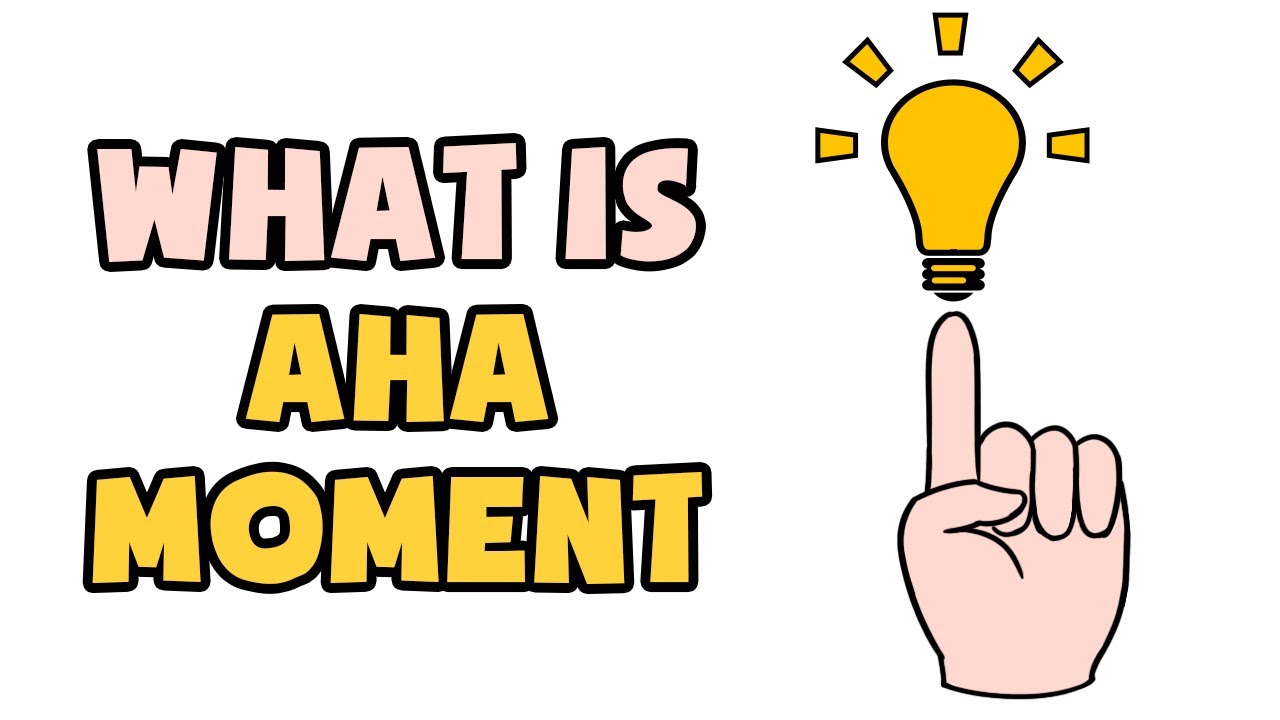Every product’s aha moment is what makes it live or die. The aha moment occurs when a user recognises a product’s worth. It is without a doubt, a magnificent moment. Users, on the other hand, will have a hard time achieving this eureka moment without some assistance.
Of sure, you are aware of the worth of your goods. You probably know it by heart and can recite it off the top of your head. But, from the user’s perspective, can you perceive the value of your product?
It’s not always simple to pinpoint your product’s aha moment, which is presumably why you’re here. Don’t be concerned. Without ripping your hair out, We are going to assist you in determining when your product’s worth becomes apparent to the consumer. Let’s move and understand what is a AHA moment.
A value gap can exist for a variety of reasons.
For example, the product may have underperformed in terms of value. Or, more often than you may imagine, the consumer is just not a good fit for the product.
Another explanation for a value gap might be that the customer does not comprehend the product’s capabilities or how to utilise it. A bad mental or emotional reaction to the product might also be an issue. While utilising the goods, the consumer may have been confused or dissatisfied, changing their impression.
Friction causes people to churn as well. Before you leap to judgments, keep in mind that friction might be beneficial. Friction is, for the most part, unavoidable.
What Exactly Is a “Aha!” Moment?
The “aha” moment occurs when a buyer or user realises the value of your product for the first time. This occurs ideally during the user onboarding experience phase, when a new customer interacts with your product for the first time, but it may occur at any moment over the customer lifetime.
The aha moment elicits a positive emotional response from your consumers by demonstrating how your product has helped them solve a problem, answer a question, or learn a new skill. Typically, the work they accomplish is related to the fundamental value of your product. The aha moment isn’t thrilling because they finished a basic task; it’s great because they’ve discovered a new talent or solution that will help them in the future.
What effect does the aha moment have on retention rates?
It’s crucial when everything comes together for a consumer and they see how they can profit from your product. These are the customers who are more inclined to utilise your product again. They stay because your product alleviates their present problem.
So, what happens if you don’t have an aha moment?
It usually signifies that users no longer have a compelling incentive to stay. This is visible in the development of new apps. Every new app encounters the same issue. Initially, a large number of individuals sign up. They don’t stick around, though: 95% of individuals who sign up for Android applications abandon them after 90 days.
What Does It Mean to Have an Aha Moment?
Finding a product’s aha moment helps product teams to measure the time-to-value for its use. The sooner a user discovers the perfect time for an app or piece of software, the more likely they are to stick with it.
Once a product team learns how long it takes users to reach that point of clarity, as well as the normal user journeys that lead them there, they can start to optimise these metrics. This allows product teams to improve customer onboarding, UX, and overall journeys, resulting in more free trial to paid user conversions, lower churn, more upsells, higher app frequency usage, and higher user retention rates.
The aha moment is often harder to come by in SaaS apps.
This is due to the fact that these apps are more complicated, need more onboarding and training, and address more specialised issues than standard B2C apps or communication tools. These businesses invest a significant amount of time and money into developing an efficient SaaS customer onboarding strategy to assist new customers in discovering their aha moment.
Conclusion
Users return again and time again because of the aha moment. Users are devoted to a product when they know what the aha moment is. They recognise that your product is valuable to them, which helps the entire selling process go much more smoothly.
Typically, the aha moment assists users in solving an issue, and they appreciate it. You’ve saved them a lot of time and work, as well as maybe a lot of money. In essence, the aha moment converts users into satisfied, paying customers.






